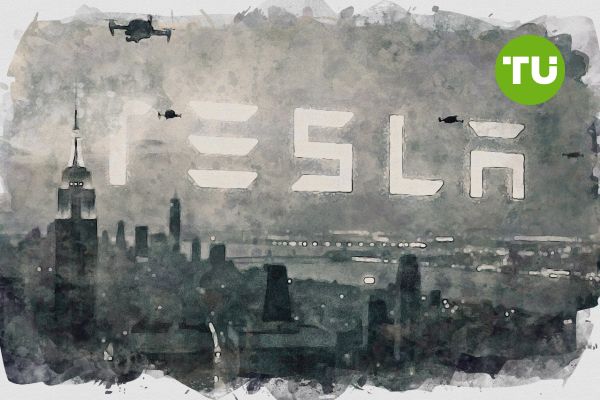Tesla stock slips to $315 as Musk politics and weak EV sales weigh on outlook
 Tesla’s challenges are further compounded by intensifying competition, especially from Chinese automaker BYD
Tesla’s challenges are further compounded by intensifying competition, especially from Chinese automaker BYD
As of July 7, Tesla stock is trading at $315.35, down 0.1% in the past 24 hours.
This positioning places the stock near both the 50-day and 200-day moving averages. Such proximity to key moving averages often indicates a potential inflection point.
Highlights
- Tesla is trading at $315.35 with limited upside, facing resistance at $365 and support at $285.
- Investor concerns are rising due to Elon Musk’s political distractions and declining EV sales.
- Competitive pressure from BYD and weak macro demand are likely to keep the stock range-bound in the near term.
A recent golden cross—when the 50-day moving average crosses above the 200-day—typically suggests bullish momentum may be building. However, the reaction has been muted, signaling hesitation from investors. Tesla remains down approximately 22% year-to-date, highlighting ongoing structural and sentiment-driven challenges.
Technically, the stock is consolidating within a broad trading range. This reflects investor uncertainty and a lack of clear short-term catalysts. Immediate support lies at $285, a key level that previously marked a gap during an election-driven selloff. A break below this could expose Tesla to further downside toward the $225 region, where the stock found support in March and April.

Tesla stock price dynamics (May 2025 - July 2025). Source: TradingView
On the upside, resistance is defined at $365. This level has previously acted as a ceiling for multiple rallies in 2024. Should bulls gain momentum and push through this level, the next key resistance stands at $430—a price last seen during a brief January rally. Without a strong earnings beat or clear product innovation, however, a move above $365 will likely be difficult to sustain.
Political distractions and competitive pressures
The broader narrative surrounding Tesla is increasingly dominated by non-business developments. CEO Elon Musk’s high-profile political engagements, including the formation of a new political party and vocal feuds with President Donald Trump, have cast a shadow over Tesla’s market focus. Investors are beginning to question whether Musk’s divided attention could impair execution at a time when the EV market is facing growing pains.
Industry analyst Dan Ives has publicly stated that investor fatigue is setting in. Many shareholders are weary of Musk’s involvement in politically charged issues that appear disconnected from Tesla’s core mission of sustainable transport. This concern is magnified by a noticeable deceleration in electric vehicle demand, particularly in North America and parts of Europe, where high interest rates and waning consumer incentives are hitting affordability.
Tesla’s challenges are further compounded by intensifying competition, especially from Chinese automaker BYD. BYD’s superior growth in Q2, both in sales volume and profitability, underscores Tesla’s slipping market dominance. While Tesla continues to innovate in AI and autonomous driving, its volume-based strategy is under pressure. Margin compression and production delays remain ongoing concerns.
Limited upside amid ongoing challenges
Looking ahead, Tesla’s short-term outlook remains bounded by the $285 to $365 trading range. A breakout above $365 would require a significant positive catalyst—such as robust Q2 earnings or progress in full self-driving (FSD) deployment. Without these, the stock is more likely to fluctuate within its current band as investors await more clarity on demand trends and leadership direction.
Downside risk is more tangible in the current environment. A decline below $285 could signal a loss of confidence, especially if accompanied by further weak sales data or deepening political distractions. In that scenario, a retreat toward $225 would be plausible.
Tesla's forward P/E ratio near 170 remains elevated compared to both auto and tech industry norms, raising valuation concerns. Potential policy shifts, such as the removal of EV tax credits, could further pressure demand and margins, highlighting the need for sustained delivery growth and innovation.













































































































































